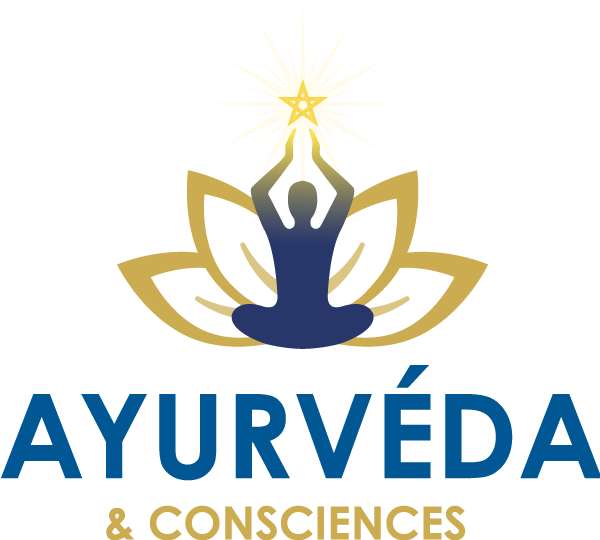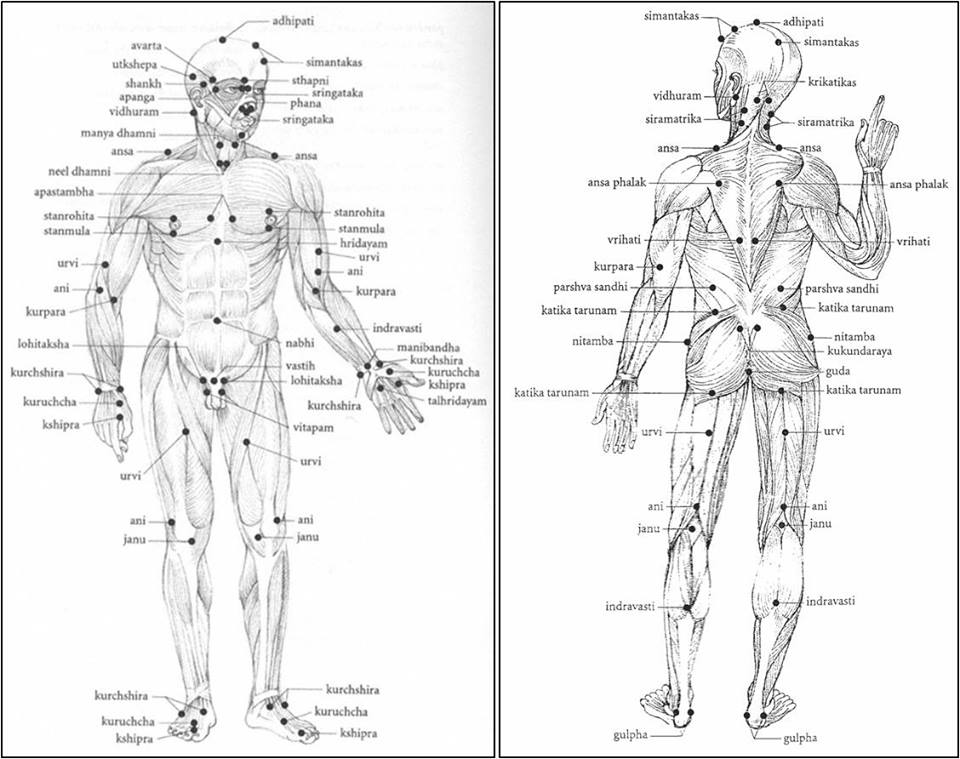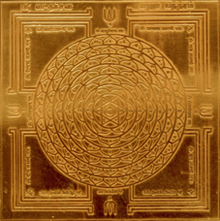MARMA POINTS: Under the umbrella of Ayurvedic treatments falls Marma Therapy, also called Marmani Chikitsa, which involves the stimulation of sensitive points to promote healing in the physical, mental, and energetic planes by affecting the flow of prana. Marma points can be found all over the body from the hands and feet to the trunk and head, and when manipulated via massage, pranic healing, oil and herb application, heat, or pressure, can “alter both the organic functions and structural conditions of the body”.
The following information comes from Prof K.R. Krikantha Murthy’s translation of the Sushruta Samhita:
– Sadya Pranahara: Immediately causing death
The marma of this type are Shringataka (four points), Adhipati (one point), Shankha (two points), Kanthasira/ matrika (eight points), Guda (one point), Hrdaya (one point), Basti (one point), Kshipra (four points), and Nabhi (one point). According to Sushruta, Sadya Pranahara points have the qualities of fire, and this is why they quickly cause death. Some classical physicians said that Sadya Pranahara points are those containing all five tissue types (Mamsa, Sira, Snayu, Asthi, and Sandhi). Sushruta disagrees and says that all five tissue types are present in the below four types of marma.
– Kalantara Pranahara: Causing death after some time
Kalantara Pranahara have the qualities of water and fire, thus with their hot/fiery qualities kill debilitated people quickly, and with their cold/watery qualities kill others after some time. Sushruta designates the following marma as Kalantara Pranahara: Stanamula (two points), Stanarohita (two points), Apalapa (two points), Apastamba (two points), Simanta (five points), Tala (four points), Indrabasti (four points), Katika Taruna (two points), Brihati (two points), and Nitamba (two points).
– Visalya Pranahara: Fatal if pierced
Visalya Pranahara points have the quality of air, thus are fatal if the air residing in the marma is disturbed. If pierced, the air will remain undisturbed if the foreign object is not removed, but upon removal of the foreign object air will be allowed to escape from the marma and thus cause death. Marma of this type are Utkshepa (two points) and Sthapani (one point).
– Vaikalyakara: Disability causing
Sushruta describes Vaikalyakara marma as “possessing qualities of the moon/water” and explains that the corresponding stable and cold qualities help with the sustenance of life when these points are injured. Thus, only disability is caused. Points of Vaikalyakara nature are Lohitaksha (four points), Ani (four points), Janu (two points), Urvi (four points), Kurcha (four points), Vitapa (two points), Kupara (two points), Kukundara (two points), Kakshadhara (two points), Vidhura (two points), Krikatika (two points), Amsa (two points), Amsaphalaka (two points), Apanga (two points), Nila (two points), Manya (two points), Phana (two points), and Avarta (two points).
– Rujakara: Pain causing
The final categorization of marma point is Rujakara, which designates points composed of the qualities of fire and air, which produce pain. These marma are Gulpha (two points), Manibandha (two points), and Kurcha Sira (four points).
YOGA ASANA: Yoga is known to increase general pranic levels and also directly affects marma points through compression in certain poses. For example, Janu Sirsasana (seated forehead to knee pose) compresses Nabhi, Janu, and Sthapani marma as the third eye connects with the knee, and the abdomen is contracted. Sirsasana (headstand) stimulates Adhipati through the connection of the crown chakra with the earth. Halasana (shoulder stand) affects Hrdaya, Nila, and Nabhi as the frontal plane of the body is contracted and may also affect Brihati and Krikatika on the posterior plane. With a thorough knowledge of marma points and yoga postures, a great variety of therapeutic applications may be derived.
HERBS: Ayurveda uses a vast breadth of herbs and formulations for internal and external healing. The topical application of herbal medicated oils, pastes, and powders may be used to elicit a desired effect from a specific marma. Dr. Frawley recommends Guggul as the most well rounded herb for marma therapy, citing it’s clearing properties and it’s affinity for reducing pain and promoting the flow of energy. For healing of a specific condition an herbal formula with properties specifically targeted toward the desired result should be used.
OLEATION: Most commonly used as part of the Abhyanga massage, the application of oils is deeply therapeutic most especially for conditions of Vata nature but can be therapeutic for imbalances of all doshas. Warm sesame oil is best for the treatment of Vata, and the essential oil of sandalwood, calamus, or cinnamon can be added. For pitta coconut or sunflower oils are best, potentially mixed with the essential oils of sandalwood or rose. For Kapha, oil is generally contraindicated however sesame and mustard oil mixed together with the essential oils of camphor, menthol, or wintergreen would be balancing.





